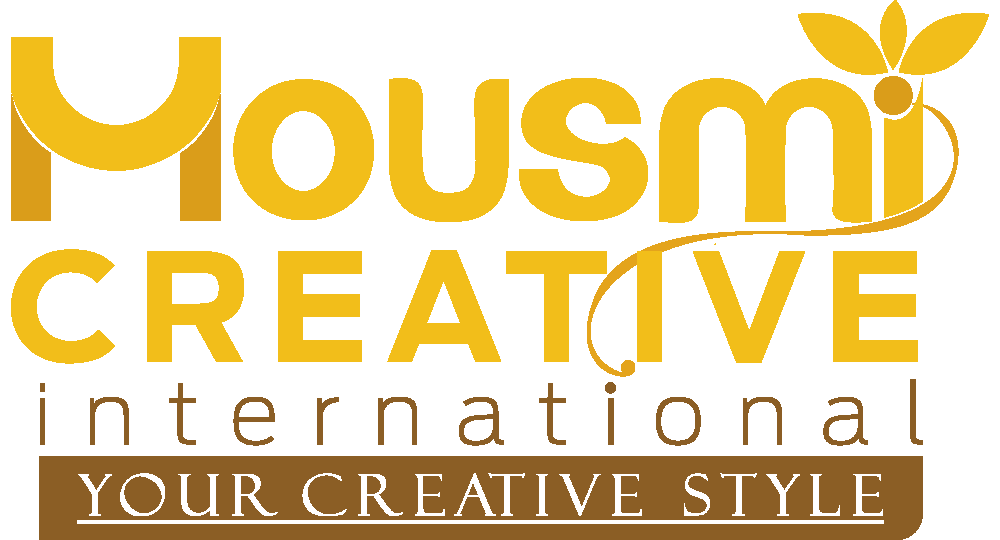The relationship between a rider and their horse is a unique and beautiful bond, one that relies on trust and communication. An essential element of this partnership is the Western saddle. A properly fitted saddle not only ensures the comfort of the horse but also contributes to the safety and effectiveness of the rider. In this comprehensive guide, we will delve into the intricacies of how to perfectly fit a western saddle, from understanding saddle anatomy to conducting a fitting assessment and making necessary adjustments.
Understanding the Anatomy of a Western Saddle :
Before embarking on the fitting process, it’s crucial to familiarize yourself with the key components of a Western saddle:
- Saddle Tree: The foundation of the saddle, the tree, is typically made of wood, fiberglass, or a combination of materials. It provides the saddle with its shape and structure.
- Seat: The seat is where the rider sits. It can vary in size and design, with some saddles featuring padded seats for added comfort.
- Horn: The horn is a prominent feature on many Western saddles, originating from the working cattle saddles used by cowboys. It serves as a handle for roping and other tasks.
- Cantle: Located at the back of the seat, the cantle provides support and security for the rider.
- Stirrups: Stirrups are where the rider’s feet are placed. They hang from the saddle and can be adjusted for different riders.
- Skirt: The skirt is the leather or synthetic material that covers the sides of the saddle tree. It helps protect the horse’s flanks and provides stability to the saddle.
- Fenders and Stirrup Leathers: Fenders are the leather pieces that hang from the stirrup bars and encase the rider’s legs. Stirrup leathers attach to the fenders and allow for stirrup adjustment.
- Gullet: The gullet is the space between the bars of the tree, providing clearance for the horse’s spine.
- Cinch or Cinch Ring: The cinch, also known as a girth, is the strap that secures the saddle to the horse’s belly. It is attached to the saddle via a cinch ring.

Leather Western Saddle MSD 103114
The Importance of a Properly Fitted Saddle :
A properly fitted Western saddle is essential for several reasons:
1. Comfort for the Horse: Ill-fitting saddles can cause discomfort, pain, and even injury to the horse. A well-fitted saddle distributes the rider’s weight evenly and minimizes pressure points.
2. Balance and Security for the Rider: A secure fit ensures that the rider maintains balance and control while riding. It reduces the risk of accidents, such as slipping or falling off the horse.
3. Performance Enhancement: A well-fitted saddle allows the horse to move freely, enhancing its performance, responsiveness, and willingness to work.
4. Longevity of the Saddle: Proper saddle fit prevents unnecessary wear and tear on the saddle, extending its lifespan.

Leather Western Saddle MSD 103115
Step-by-step guide on how to perfectly fit a western saddle :
Now, let’s dive into the step-by-step process of how to perfectly fit a western saddle:
1. Check the Saddle for Basic-Fit
Begin by placing the saddle on your horse’s back without a saddle pad. Ensure that the saddle clears the withers and spine and sits level on the horse’s back. Check that the saddle’s bars (the underside of the tree) match the shape of the horse’s back.
2. Assess the Gullet Clearance
Examine the gullet clearance—the space between the saddle tree and the horse’s spine. There has to be at least two to three fingers’ width of clearance required. If there is too little clearance, the saddle may pinch the spine, causing discomfort.
3. Check for Even Pressure Distribution
Run your hands along the horse’s back beneath the saddle. There should be uniform pressure with no significant gaps or high-pressure points. Uneven pressure can lead to sore spots or discomfort.
4. Ensure Proper Saddle Length
The saddle should not extend beyond the horse’s last rib. If it does, it may interfere with the horse’s movement and cause discomfort.

Leather Western Saddle MSD 103144
5. Observe Saddle Position
Stand behind the horse and observe the saddle’s position. It should sit centered on the horse’s back, with the seat and horn aligned with the horse’s spine.
6. Check Stirrup Length
Adjust the stirrups to the rider’s preferred length. Stirrups that are too long or too short can affect the rider’s balance and leg position.
7. Use a Saddle Pad
Place a suitable saddle pad under the saddle. The pad should be clean, in good condition, and designed for Western saddles. It can provide additional cushioning and help with saddle fit.
8. Assess the Fit While Riding
Once the saddle is in place, mount the horse and assess the fit while riding. Pay attention to how the horse moves and behaves. Look for signs of discomfort, such as pinned ears, tail-swishing, or resistance.
9. Make Necessary Adjustments
If you notice any issues during the ride, such as bridging (uneven contact between the saddle and the horse’s back) or sliding, you may need to make adjustments. This could involve using shims, changing saddle pads, or seeking professional assistance.
10. Regular Maintenance
Saddle fit can change over time due to factors like horse growth, weight loss or gain, and muscle development. It’s essential to regularly reassess saddle fit and make adjustments as needed.
Seeking Professional Help
While the above steps provide a general guideline for how to perfectly fit a western saddle, it’s important to note that saddle fitting can be a complex process and professional assistance is often recommended. A certified saddle fitter or a knowledgeable trainer can offer expert advice and ensure that your saddle fits your horse perfectly.
In conclusion, achieving a perfect fit for a Western saddle is a meticulous process that requires careful assessment, adjustment, and regular maintenance. A well-fitted saddle is not only essential for the comfort and well-being of your horse but also crucial for the safety and performance of the rider. By understanding the anatomy of a Western saddle and following the steps outlined in this guide, you can work towards creating a harmonious partnership between you, your horse, and your saddle.


